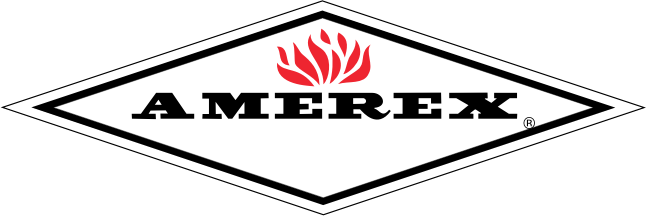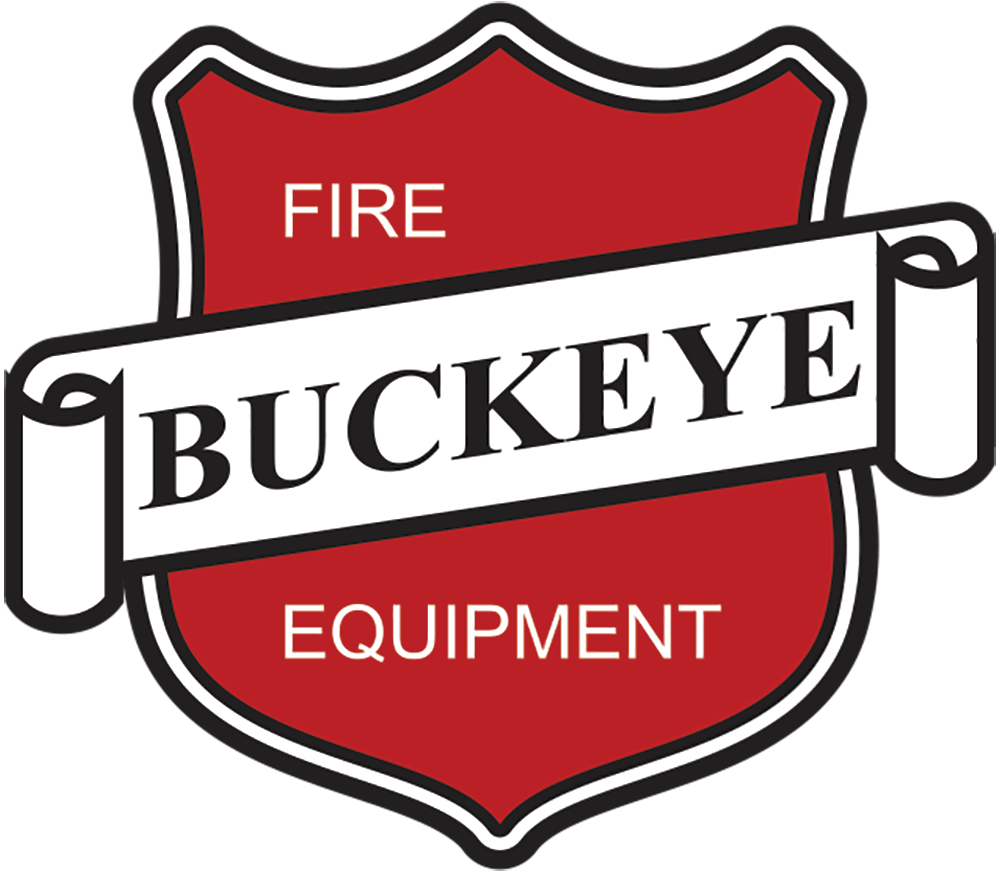Taking precautions to prevent a fire from breaking out in your workplace or building involves more than merely keeping your fire extinguishers recharged. You should also be knowledgeable about the information printed on the extinguisher’s sticker or tag.
Understanding each element on these stickers can help you maintain proper safety protocols and ensure that the extinguisher can perform as needed. Although these tags or stickers may seem complicated, this comprehensive guide can help. Read on as we cover the items on a fire inspection sticker so you can better monitor your extinguisher and ensure you keep your property safe.
Why Do Fire Extinguishers Need Stickers?
You may ask the question, “Why does my fire extinguisher need a sticker or tag?” First of all, the National Fire Protection Association (NFPA) requires it as a means of keeping records for inspections and maintenance.
This allows the stickers or tags to act as documented proof that required inspections were completed according to established safety standards and regulations. In addition, they can provide building occupants with a way to determine when the next inspection is due.
It also ensures that no extinguisher goes uninspected beyond its required timeframe. Without proper documentation through inspection stickers, buildings risk serious safety violations and potential liability issues in the event of a fire emergency.
What Information Is on Them?
Now that you know why your fire extinguisher has a sticker or tag, you may still feel confused about the information that appears on them. You can read about several categories of information below and learn the specific purpose of each so you can maintain proper documentation and stay compliant with the NFPA.
The Fire Classes

One example of information prominently displayed on fire extinguisher inspection stickers is fire class ratings. These indicate which types of fires the extinguisher can effectively combat. For example, if your label indicates that you have a Class A extinguisher, that means it can fight ordinary combustible materials, such as wood, paper, and many plastics.
However, a Class B extinguisher can work against gasoline and other flammable liquids. Meanwhile, a Class C one can help with fires involving energized electrical equipment.
If you have a Class D extinguisher, it can handle combustible metals found in specialized manufacturing and laboratory environments. Class K extinguishers are exclusively for cooking oils and fats used in commercial food preparation areas, providing superior fire suppression for restaurant and cafeteria environments.
Multi-class extinguishers combine ratings such as ABC, indicating they can handle multiple fire types within a single unit, making them versatile choices for general building protection. By knowing the fire class information on your extinguisher sticker, you can ensure that you have positioned the correct type of extinguisher throughout your building. You will be able to maximize fire suppression effectiveness while minimizing safety risks to building occupants.
The Extinguisher’s Capacity
Inspection stickers also clearly display the extinguisher’s capacity, which directly correlates to the extinguisher’s fire-fighting capability and determines how long the unit can discharge suppressant material during an emergency. For example, a Class A extinguisher will give you a number in gallons equivalent to water, while the Class B one will tell you the amount of square footage of a fire it can cover.
However, there are no numerical capacities given for C, D, or K extinguishers. Still, this information can assist emergency responders in quickly assessing available fire suppression resources when using Class A or B extinguishers. They will be able to make informed tactical decisions about their equipment needs.
Annual Inspection Information
When people look at fire extinguisher tags or stickers, they should also be able to find comprehensive documentation of annual inspections performed by fire protection technicians. For example, the tag should include the name of the company that completed the inspection, their license number, and a way that they can contact them.
During annual inspections, certified technicians perform tasks such as examining the extinguisher’s structural integrity and testing gauge accuracy. When they finish, the technician will mark the tag to confirm they have serviced it.
They will do this on a cardboard tag by punching holes next to “serviced” and the specific month and year in which they completed the task. Building owners should then plan to have the extinguisher inspected one month from that date.

Monthly Inspection Information
Business owners and facility managers should also complete monthly inspections of their extinguishers, which they can record on a sticker or tag as well. During this process, they will perform a visual check that ensures that the extinguisher is accessible, serviceable, and free from obvious physical damage or tampering. By performing this process, you will give others in your building the ongoing assurance that extinguishers have not been moved, damaged, or compromised since the last formal inspection.
This process will also help you spot issues when they are still small. That will allow you to prevent them from compromising extinguisher effectiveness during actual fire emergencies. After completing your inspection, you should write the date that you completed the inspection, as well as your initials, on the cardboard tag.
The Expiration Date
One last item on a fire inspection sticker that you should know is the expiration date. This serves as a critical indicator of its reliability and effectiveness. Over time, extinguishers may lose pressure, develop leaks, or experience chemical degradation, rendering them less capable of functioning properly during an emergency.
Take the time to look at the date as part of your regular maintenance procedures. You will better ensure that the extinguisher is compliant with safety standards and ready to perform. Replacing extinguishers that have surpassed their expiration dates will help you lessen the effects of blazes. Adhering to expiration guidelines also demonstrates your facility or business’s commitment to safety and regulatory compliance, reducing potential liabilities and promoting confidence in your fire protection systems.
Now that you have a better understanding of the information featured on fire extinguisher inspection stickers, you can feel more empowered to maintain effective protection programs and regulatory compliance. By correctly interpreting this information, you can also make better decisions about extinguisher maintenance.
You can also better safeguard your spaces with the help of Hedrick Fire Protection. Our offerings include restaurant fire protection systems that have helped eateries protect themselves from the effects of dangerous blazes.



